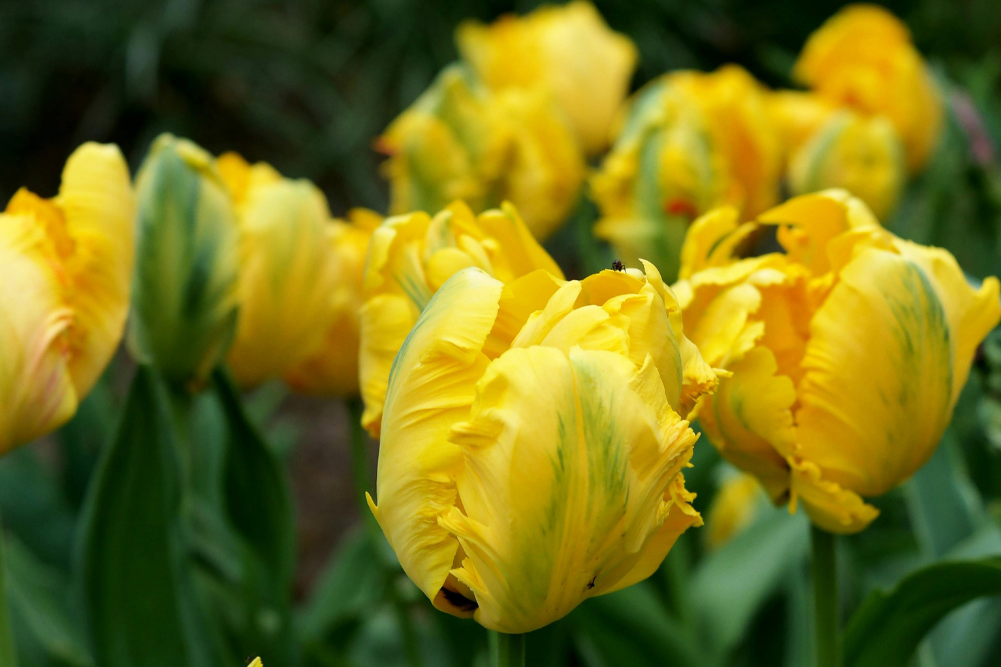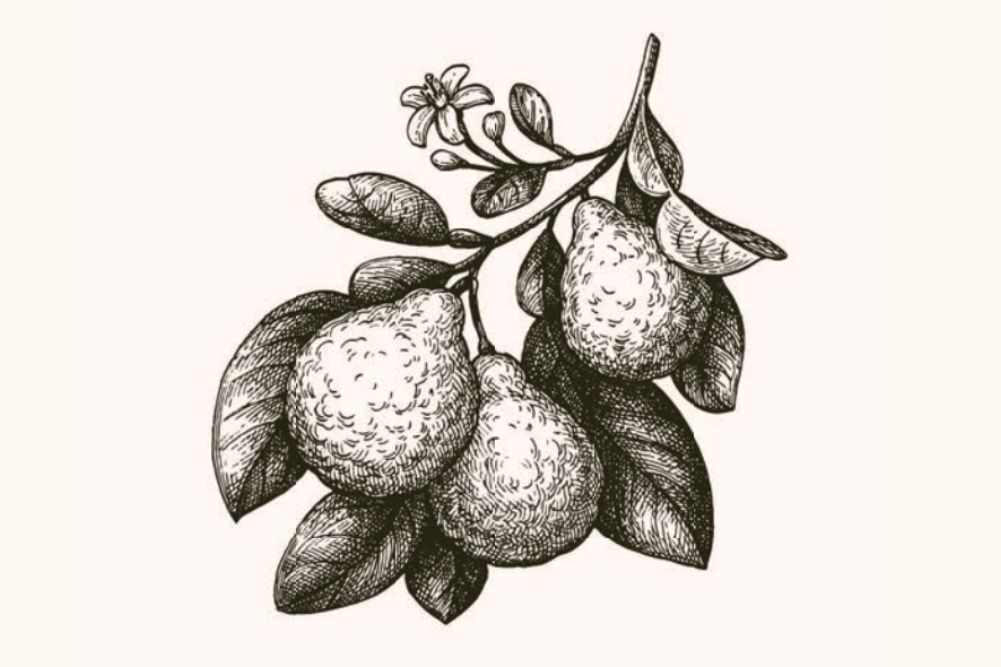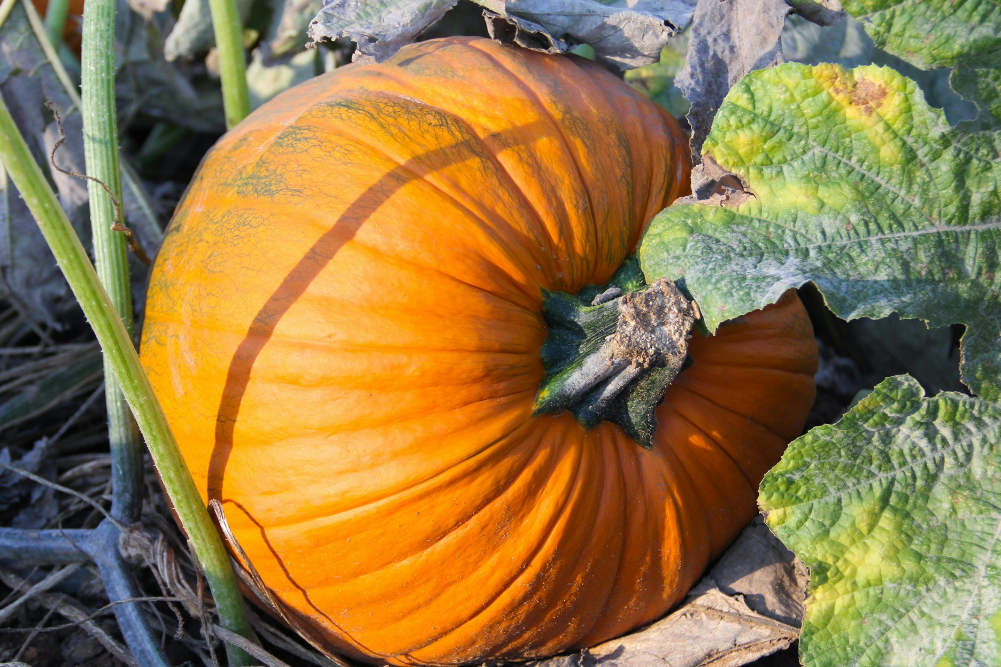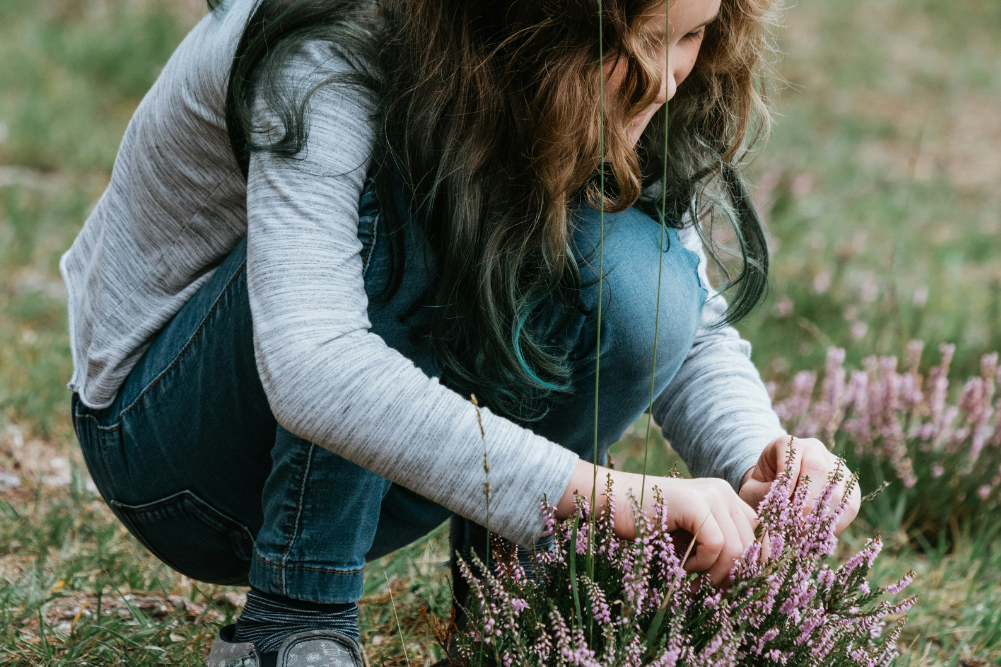It’s time to get your hands dirty and get gardening
When there are far-off dramas and traumas — like pandemics — I empathise with the situation but there’s not much I can do about it. So, I tend the pantry and I garden.
When it comes to the pantry, I create order out of, well, not chaos, but very crammed shelves. Step one is throwing out all the outdated jam, pickles and chutney.
Step two for global trauma is planting, growing and harvesting. There is nothing like reminding yourself of the deep and endless generosity of the earth to feel — literally — grounded again, your hands in soil, your face among the greenery and flowers.
But what about when the soil is cold and the air even colder? There are still delicious fast- or slow-growing delicacies to plant. Everything home-grown should be regarded as a delicacy, as it is invariably more delicious than shop-bought, apart from crops that need more heat than your garden possesses: we can grow pawpaws but they taste of water and their texture is more like toothpaste than fruit. Some plants, too, like Democrat or Bramley Seedling apples, really do taste better in grown in cold winter climates, as do raspberries and blueberries.
You are not a serious vegie gardener till you grow your own potatoes.
No matter how cold it is or if frosts are lurking, plant a heap of buk choy or any of the Chinese cabbage family. I planted buk choy seeds a few weeks ago and forgot about them. We’ve had several frosts and nights that hover near zero Celsius since then, but the crowded plants are now a mass of tall leaves, perfect for stir-frying, and the clump will even grow more leaves time after time once I pick the first lot.
Broccoli too, it seems, loves the cold and just keeps growing. Winter radishes are mild and juicy, and also most excellent for pickling and filling up the empty spaces in the larder.
But winter is also the time for serious planting: spuds. You are not a serious vegie gardener till you grow your own potatoes. A home-grown spud is as wonderful as a home-grown tomato. You need to dig to grow the largest crop of good spuds. Once I used to recommend bags, buckets and above-ground growing methods, but season after season the old-fashioned spud growing wins: dig well, plant, mulch as they grow, water. There have only been a few years when we’ve grown enough spuds for all our needs.
The glory of spuds is that as long as your soil doesn’t freeze deeply (rare in Australia) you can plant spuds from mid-winter onwards and they won’t grow till the weather is right for them. Suddenly the ground will be covered with potato leaves, and down below the tubers will be swelling.
Roots and tubers
Winter is also the time to put in other roots and tubers, like Jerusalem artichokes, which you can buy from a fruit and veg shop if you can’t find them at a plant store online. Plant them, leave them and harvest each autumn. The tinier plants you didn’t notice were still left in the soil will grow into next year’s harvest, year after year, decade after decade. The only way I know to reliably get rid of Jerusalem artichokes is to let the wallabies in — they love to eat the stems and new shoots. If you lack resident wallabies, your Jerusalem artichokes will be fine.
This is globe artichoke-planting time, too. While you can buy artichoke seeds and seedlings, they don’t always grow true to type. The best will come when an older clump is divided, giving “new” plants exactly like their twin. Rhubarb has the same tendency: seedling plants may be good, but the best is divided from bigger plants whose clumps just keep growing larger.
Onions
It is impossible to grow too many onions, because once you discover how sweet and subtle the fresh flavour is, you will eat many of them. Try the babies, baked till soft with a little olive oil then mixed with parsley, currants, pine nuts and just a little lemon juice. There are onion varieties you rarely see in shops, like Flat White, which beats even Red Italian for sweetness and general crunch.
This is also the time to line every path or edge all your paving with thyme or winter savory plants, and make sure every wall in your garden has prostrate rosemary on top so that it can fall down in scented green curtains, filling the air with scent when the weather is hot and the winter with blue rosemary flowers, unless you can find the rare pink or white-flowered varieties.
It is also essential to realise which corners of your garden need brightening and hunt for the varieties of camellia you immediately fall in love with. Or you could buy a hedge of daphne for cold winter delight, or winter-blooming grevilleas, thryptomene, or red-flowered pineapple sage or pink-bloomed fruit salad sage, both of which survive mild frosts and almost anything else. The nectar-eating birds adore them. So do the insectivorous birds, because the nectar also attracts insects, and if you have bees, they will be buzzing around them too.
By now, the garden is glowing and so are you. Humans are a species who need to get their hands dirty, often. And when times are hard, we need it even more.








